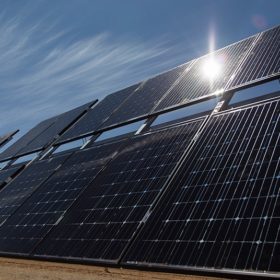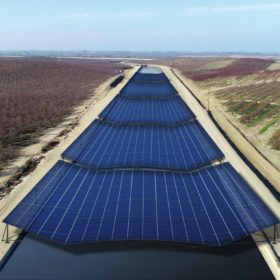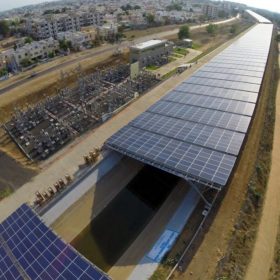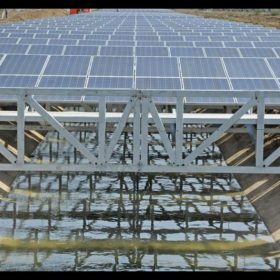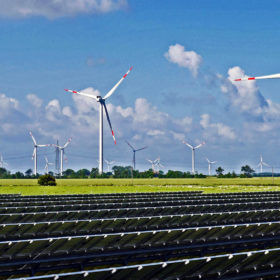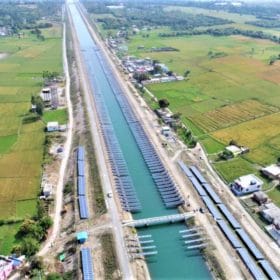Jharkhand to install 4 GW of solar power generation capacity in five years
Under the Solar Energy Policy 2022, the Indian state tagets installing about 3 GW of utility-scale solar, 720 MW of distributed generation, and 280 MW off-grid capacity from fiscal 2022-23 to 2026-27.
The long read: Canal-top solar solutions
Climate change is exacerbating water scarcity in many parts of the world, and while renewable energy is a long-term solution, in many cases it is a short-term solution, too. One such case in the energy-water nexus is that of canal-top solar, which was pioneered in India a decade ago, when the first canal-top solar array was installed in Gujarat. And new findings from the University of California and the resulting Project Nexus are now shining attention on a symbiotic application: saving water, while generating solar energy, without occupying arable land.
Jharkhand mulling MW-scale canal-top solar at three sites
Jharkhand Renewable Energy Development Agency (JREDA) has invited bids to prepare feasibility-cum-detailed project report for megawatt-scale canal-top solar power capacity at three sites in the State.
NTPC exploring canal-top, floating solar potential at thermal power station in Uttar Pradesh
NTPC has invited bids to carry out the feasibility study for canal-top, elevated-module mounting structure and floating solar at its Tanda thermal power station in the Ambedkar Nagar district.
Responsible land-use for solar, wind plants could smooth the path for India’s energy transition
India will require large swaths of land for the huge expansion of renewable energy capacity over the coming decades. The energy transition requires planning for proper siting of these plants and solutions like agrivoltaics, distributed energy systems, and offshore wind to reduce land-use conflicts.
Solar arrays on canals
Canal-top solar installations make an attractive proposition for India as these provide renewable electricity for farming activities without consuming the land. Such projects also lead to canal water savings due to reduced evaporation. However, their high cost compared to ground-mount remains a concern.
